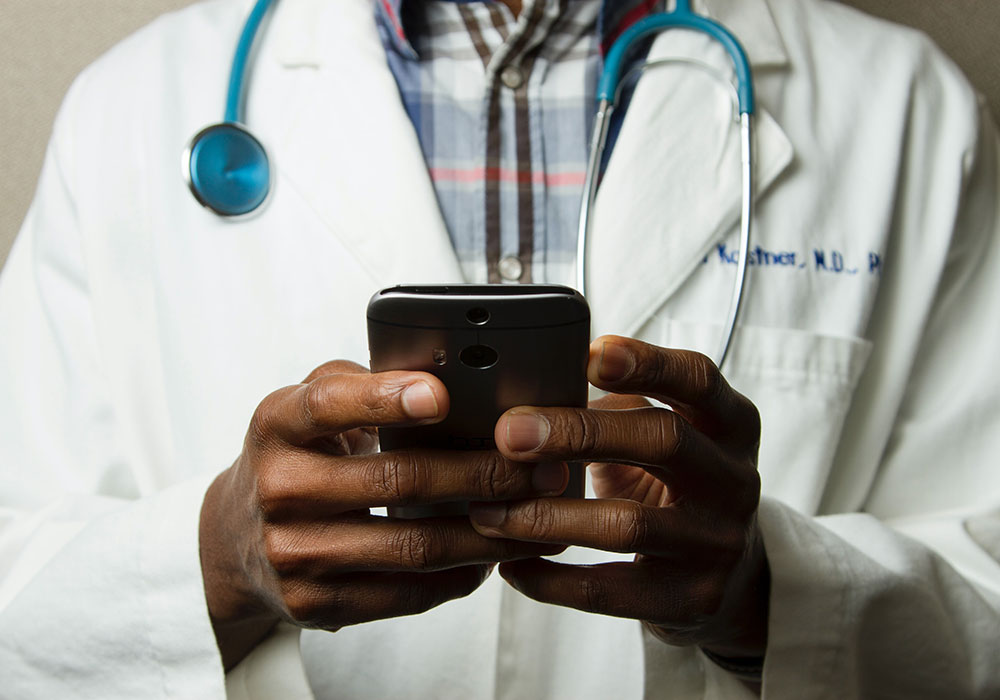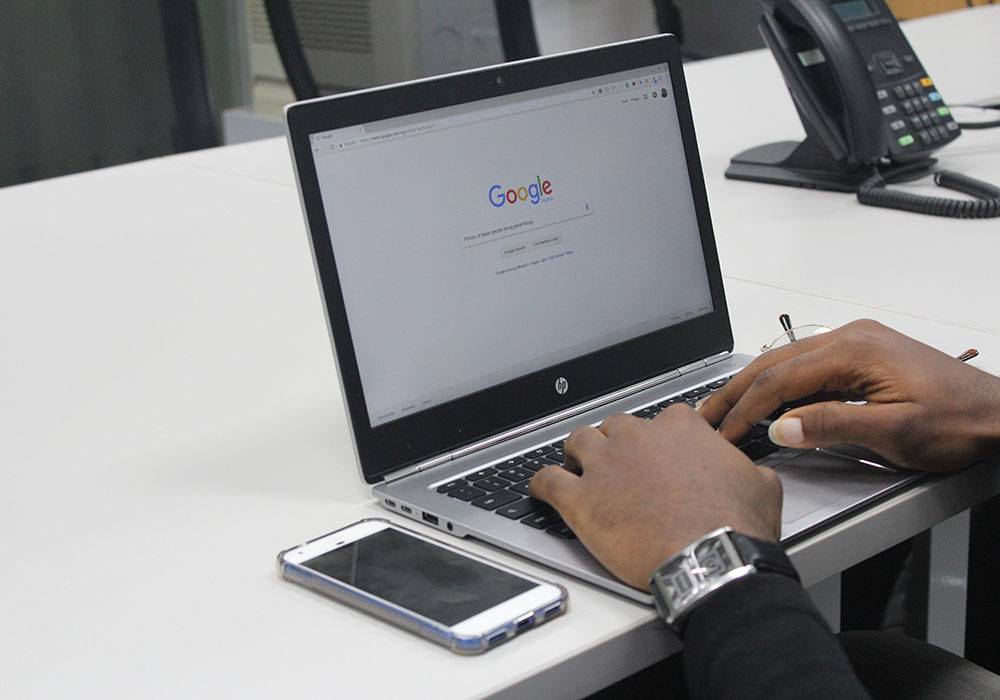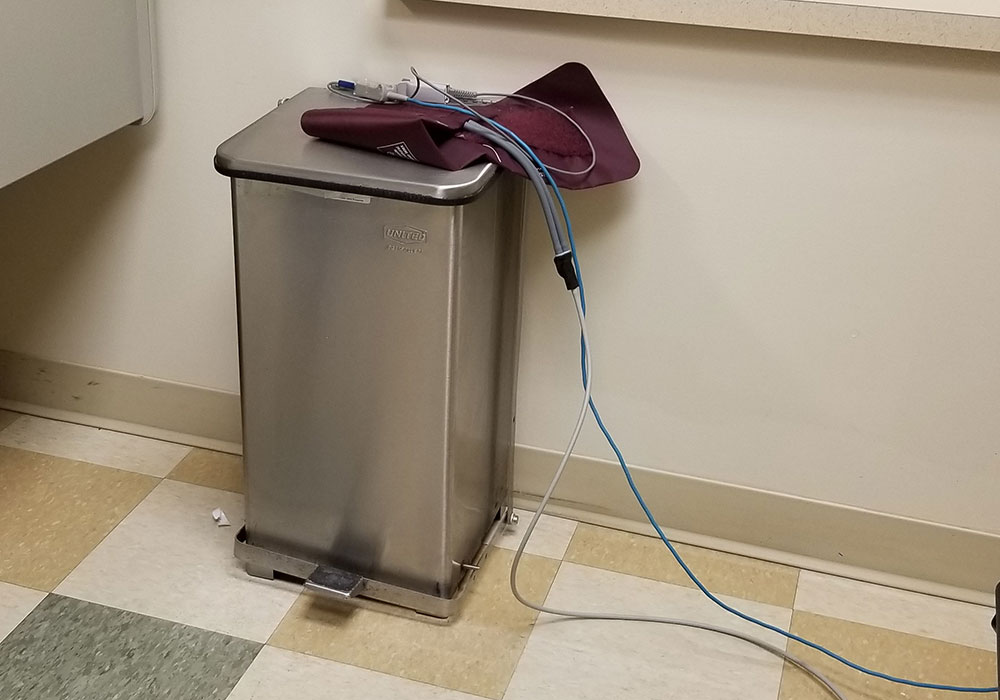
The healthcare system in the United States today misfires on communication and fails to coordinate patient care. In the current system there is little patience for listening to and caring for the whole person. And physicians are burning out. Doctors are forced to spend more time and effort on paperwork navigating systems than actual patient care. The two participants that matter most, the very reason for healthcare — the physician and the patient — have lost control. Does Direct Primary Care offer a better alternative?
What is Direct Primary Care (DPC)?
Direct Primary Care provides patients with access to a primary care physician for a monthly fee. This fee is paid directly to the physician rather than paying for healthcare through an insurance premium. Monthly fees average $77.38 depending on the range of services offered or the location of the practice.
In some DPC practices, lab tests and pharmaceuticals are available at a discounted rate. DPC is not insurance. In order to cover major medical expenses and hospitalizations, patients are encouraged to carry high deductible insurance.
DPC practices have fewer patients than traditional primary care practices. With fewer patients, physicians spend more time with patients during each visit. In theory, more time allows for deeper discussions. Physicians gain insights needed to assist with diagnosis. Additionally, physicians may uncover potential barriers in a patient’s ability to follow through with treatment recommendations.
The intent of DPC is to help realize the benefits of preventative care. Identifying health concerns earlier prevents the escalation of issues that lead to poorer medical outcomes and increased hospitalizations.
Benefits to Patients
From a patient perspective there are many attractive elements of DPC.
- More time with a physician which increases the odds of feeling listened to, establishing trust that improves quality of care.
- Greater continuity of care improving communication, understanding, and decreases in medical errors.
- A focus on the whole person rather than compartmentalization and defining a person by a diagnosis.
- Guaranteed access to care through a comparatively low monthly fee. For patients with chronic conditions like hypertension, asthma, and diabetes there is comfort in having guaranteed access to care³.
- Controlling costs with the monthly fee rather than paying high insurance premiums per visit.
In the end, patients are paying the person providing care rather than lining the pockets of organizations that have hijacked the practice of medicine – insurance companies and pharmacy benefit managers.
Benefits to Physicians
Physicians attracted to the DPC model see it as an opportunity to reclaim the practice of medicine. Costs are transparent. In this model, medical care is not limited by billing restrictions and fee-for-service incentives. Furthermore, DPC provides a viable alternative to physicians that might otherwise exit the system due to burnout.
Potential Concerns
At this time, there are no comparative studies and performance statistics on DPC versus traditional models of Primary Care. Concerns about DPC include:
- The potential cost burden for patients that pay both a monthly retainer and insurance premiums for high deductible coverage
- Laws that restrict the usage of insurance premiums to cover the retainer fees
- More pressure on a system with a shortage of primary care physicians.
DPC as an Opportunity to Begin Change
As costs for insurance premiums continue to rise, DPC may be an affordable option for patients that might otherwise not have any coverage. Current models of healthcare are already failing physicians. Burned out physicians are leaving the system either through early retirement, exiting for other lines of work, or by suicide (U.S. physician suicides are twice the national average.)
There is a need for change. While DPC may not be a perfect model, it may very well be a viable alternative at the present moment. Today, insurance companies and pharmacy benefit managers control the practice of medicine. Physicians and patients need to regain control. The practice of patient care belongs in the hands of physicians and patients, and in their hands only.
¹Cole, E.S., (July 2018) Direct Primary Care: Applying Theory to Potential Changes in Delivery and Outcomes. The Journal of the American Board of Family Medicine, 31 (4) 605-611.
²Huff, C., (October 3, 2017) Flat-Fee Primary Care Helps Fill Niche for Texas’ Uninsured. Kaiser Health News.
³Andrew, L.B., MD, JD. D








